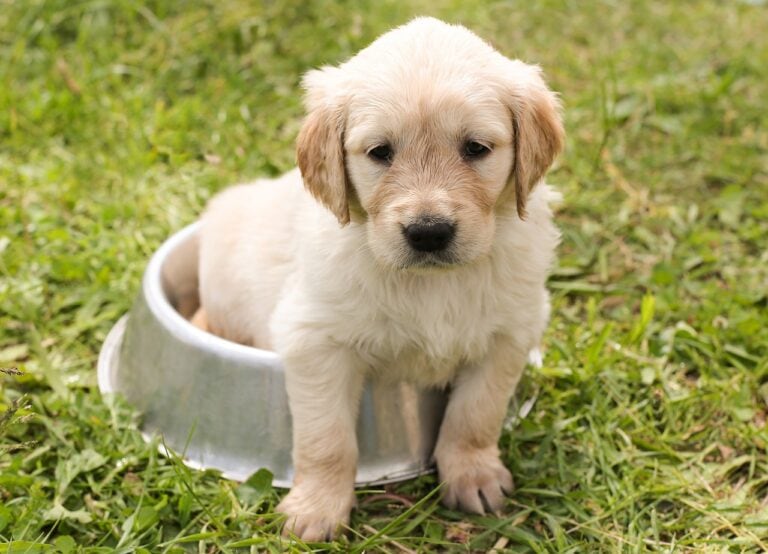Feeding Your Puppy: Understanding Nutritional Needs Through the Stages
Bringing a new puppy into your home comes with a flurry of decisions, not least of which is how to feed them. A puppy’s nutritional needs are dynamic, changing as they grow from a tiny, bumbling furball into a vibrant, adult dog. Understanding these needs and how to meet them is crucial for your puppy’s health, happiness, and development. This guide will walk you through the stages of your puppy’s first year, highlighting key nutritional considerations to help you make informed choices about feeding your new best friend.

Birth to Weaning: Mother’s Milk and More
- Initial Weeks: Puppies rely entirely on their mother’s milk for the first few weeks of life, providing them with essential nutrients and antibodies.
- Transitioning to Solid Food: Around 3 to 4 weeks old, puppies begin transitioning to solid food. Puppy-specific, nutrient-rich formulas are introduced gradually while they still nurse.
Weaning to 3 Months: Establishing a Diet
- Introducing Puppy Food: Start with a high-quality puppy food, moistened with water or puppy milk replacer, to make it easier for your little one to eat.
- Frequency: Puppies at this stage should eat four times a day due to their small stomachs and high energy requirements.
3 to 6 Months: Rapid Growth
- Adjusting Portions: As your puppy grows, gradually decrease the number of feedings to three times a day.
- Nutritional Balance: Ensure the puppy food you choose is balanced for growth. Look for products labeled as “complete and balanced” by the Association of American Feed Control Officials (AAFCO).
6 to 12 Months: Slowing Down
- Reducing Feedings: Depending on their breed and size, you can reduce feeding to twice daily during this period.
- Large Breeds vs. Small Breeds: Large breed puppies may need to switch to a large breed-specific puppy formula to ensure proper growth rates and prevent joint issues.
Over 12 Months: Transitioning to Adult Food
- Timing the Switch: Most dogs transition to adult food by 12 months, but large breeds may take longer, up to 18-24 months.
- Gradual Change: Switch to adult food gradually over 7-10 days to prevent digestive upset.
FAQs
- Q: How much should I feed my puppy?
- A: Follow the feeding guide on your puppy food’s packaging, adjusting based on your puppy’s appetite, growth, and energy levels. Regular check-ins with your vet can also help ensure your puppy is on track.
- Q: What ingredients should I look for in puppy food?
- A: Look for high-quality proteins (meat should be the first ingredient), fats, carbohydrates, vitamins, and minerals. Avoid foods with artificial preservatives, colors, and flavors.
- Q: Can I give my puppy treats?
- A: Yes, but treats should not make up more than 10% of your puppy’s daily caloric intake. Choose healthy options and use treats for training and positive reinforcement.
Conclusion
Feeding your puppy is about more than just filling their bowl; it’s about providing the building blocks they need to grow and thrive. By understanding the nutritional needs specific to each stage of your puppy’s development, you can set them up for a lifetime of health and happiness. Remember, always consult with your veterinarian to tailor your feeding strategy to your puppy’s individual needs, ensuring they get the best possible start in life.
- American Kennel Club (AKC) – Puppy Feeding Fundamentals: Offers detailed advice on feeding puppies, including tips on choosing the right food and determining the correct portions. Visit AKC’s Puppy Feeding Fundamentals
- PetMD – Puppy Nutrition: What You Need to Know: Provides comprehensive information on the nutritional needs of puppies and how to meet them, including a discussion on the importance of specific nutrients. Explore PetMD’s Puppy Nutrition Guide
- VCA Animal Hospitals – Feeding Times and Frequency for Your Dog: This article breaks down feeding schedules and the importance of consistency in feeding practices throughout a dog’s life, including the puppy stage. VCA’s Guide on Feeding Times and Frequency








4 Comments